GMO Cookies

GMO Cookies Strain, also known as ‘Garlic Cookies,’ is a potent cannabis hybrid that has garnered attention in the medical and recreational cannabis communities for its distinctive characteristics. Bred through meticulous genetic selection, this strain is a cross between Chemdog and GSC, inheriting a complex flavor profile and a robust cannabinoid composition.
Historically, its development aimed to enhance certain therapeutic qualities, leading to a high THC content and a unique terpene blend. The terpene profile contributes to its distinctive garlic and earthy aroma, with subtle undertones of coffee and fuel.
Cultivators value GMO Strain for its consistent growth patterns and relatively high yield. While acclaimed for its effects and taste, users should be mindful of potential adverse reactions, such as dry mouth and eyes. Its unique blend of attributes sets it apart from other strains, making it a subject of interest for ongoing cannabis research.
Genetic Lineage
Every GMO strain possesses a unique genetic lineage that traces back to specific gene-editing events and ancestral species. Through the precise application of molecular breeding and gene editing, geneticists meticulously construct these strains. The lineage of a GMO strain is not merely a historical record; it represents a deliberate series of genetic interventions aimed at achieving desired traits.
| Ancestral Species | Gene Editing Technique | Resultant GMO Strain |
|---|---|---|
| Zea mays | CRISPR/Cas9 | Drought-resistant Corn |
| Oryza sativa | TALENs | Golden Rice |
| Solanum tuberosum | RNA interference | Low-acrylamide Potato |
| Glycine max | ZFNs | High Oleic Soybean |
This table exemplifies the genealogical roots of various GMO strains, highlighting the targeted gene editing techniques that were employed. Each entry in this table represents a landmark in the field of agricultural biotechnology, where precision and technical prowess converge.
History and Origin
Although the concept of altering organisms’ genetics dates back to ancient selective breeding practices, the modern era of GMO strains began with the advent of recombinant DNA technology in the 1970s.
This pivotal development allowed scientists to manipulate genetic material across species barriers, a feat that was previously inconceivable.
However, the introduction of GMOs into agriculture swiftly catalyzed a cultivation controversy. Public concerns over safety, environmental impact, and ethical considerations surged, prompting rigorous regulatory challenges.
Governments worldwide found themselves grappling with the need to establish stringent biosafety protocols to assess the risks and benefits of GMO crops.
This regulatory landscape evolved to encompass complex approval processes, labeling requirements, and monitoring systems designed to ensure the responsible development and deployment of genetically modified strains.
THC/CBD Content
The genetic engineering of GMO strains has enabled precise control over their THC and CBD content, catering to both medical and recreational market demands. The manipulation of cannabinoid biosynthesis pathways through molecular breeding and CRISPR/Cas9 gene editing techniques has resulted in cultivars with specific cannabinoid profiles.
These profiles are strategically developed to align with varying cultivation legality across jurisdictions, thereby ensuring compliance with regulatory frameworks. Consumer perception is directly influenced by the cannabinoid composition, as distinct therapeutic benefits are associated with varying ratios of THC to CBD.
As such, the meticulous calibration of these compounds in GMO strains is a response to consumer preferences and is critical in maintaining market viability, while also navigating the complex landscape of cannabis legalization.
Terpene Profile
Beyond their ability to tailor THC and CBD levels, scientists have also turned their attention to modifying the terpene profile of GMO strains, which plays a crucial role in the plant’s aroma, flavor, and potential therapeutic effects.
Focused on the nuanced biochemistry of these compounds, researchers are employing advanced chemical synthesis techniques to create specific terpene combinations, achieving desired characteristics not readily found in nature.
Furthermore, state-of-the-art extraction methods are being optimized to isolate these terpenes with high purity and specificity from genetically modified plants. This analytical approach allows for a precise calibration of terpene concentrations, which could lead to more consistent and targeted therapeutic outcomes, as well as refined sensory experiences for consumers.
The manipulation of these molecular profiles represents a significant leap in customizing plant biochemistry for both medical and recreational purposes.
Effects
Manipulating terpene profiles in GMO strains significantly influences their physiological and therapeutic impacts on users.
The deliberate alteration of genomic sequences to enhance specific terpene expressions can result in targeted therapeutic effects, such as improved analgesic or anxiolytic properties.
However, these interventions do not come without genetic controversies. The complexity of biosynthetic pathways and potential off-target effects necessitate rigorous evaluation to ascertain safety and efficacy.
Moreover, consumer acceptance hinges on transparent communication regarding genetic modifications and their consequential health effects.
It is imperative that the biotechnological advancements in terpene engineering within GMO strains are paralleled by robust scientific validation and ethical considerations to foster public trust and mitigate apprehension surrounding genetically modified organisms.
Medical Uses
Genetically modified organisms (GMOs) in cannabis cultivation have paved the way for novel medical treatments that leverage enhanced cannabinoid and terpene profiles. These advancements have facilitated the creation of specific strains tailored for particular therapeutic effects, potentially increasing efficacy and reducing adverse reactions.
However, the integration of GMO strains into medical applications is not without ethical considerations and regulatory challenges. Ethical debates focus on the manipulation of natural organisms and the potential consequences, while regulatory bodies grapple with setting precedents for the approval and oversight of such modified strains.
The aim is to ensure safety, consistency, and accessibility in medical contexts. Precision breeding techniques must therefore align with stringent quality controls and transparent genetic modifications to fulfill medical, ethical, and legal requirements.
Flavor and Aroma
Following the exploration of medical uses, the development of GMO strains in cannabis also extends to the refinement of flavor and aroma profiles, offering consumers a diverse sensory experience.
By manipulating terpene synthesis pathways, biotechnologists are able to engineer strains with precise flavor signatures that cater to specific consumer preferences. This targeted approach to strain development not only enhances the recreational and therapeutic appeal but also broadens culinary applications, where nuanced flavor profiles are paramount.
The focus on olfactory and gustatory characteristics reflects a shift towards a more sophisticated marketplace where connoisseurship is valued. As GMO cannabis varieties become more prevalent, discerning users are likely to encounter an expanding palette of taste and scent options meticulously designed to meet their individual palate preferences.
Appearance
In addition to flavor and aroma, GMO cannabis strains exhibit distinctive visual attributes that range from vibrant coloration to unique bud structures, further enhancing their appeal to both connoisseurs and casual consumers. The aesthetic nuances of these strains are often a direct result of meticulous genetic selection and cultivation practices.
Notable features typically include:
- Color Variations: Deep purples, bright greens, and occasional pinks or blues can manifest in the leaves and buds, offering a striking visual contrast.
- Bud Structure: Dense, resinous buds with a tight, compact formation are a signature trait, indicative of high-quality genetics and optimal growing conditions.
- Trichome Density: A high concentration of trichomes gives a frosty appearance, signaling potency and a rich terpene profile.
These characteristics are not only visually striking but also serve as markers of a strain’s genetic vigor and potential effects.
Grow Information
The GMO cannabis strain requires meticulous attention to detail in its cultivation process to achieve optimal yield and maintain its unique properties. This particular strain thrives in a controlled cultivation climate with a preference for moderate temperatures and consistent humidity levels. Precision in monitoring the environmental conditions is vital for the expression of its full genetic potential.
Seed availability for GMO is typically limited to reputable vendors, emphasizing the importance of securing quality genetics. Cultivators must navigate the delicate balance between stress and support, as the GMO strain responds favorably to specific training techniques aimed at maximizing light exposure and air flow.
A scientific approach to nutrient administration is also essential, ensuring that the plant’s complex needs are met throughout its growth cycle.
Adverse Effects
Commonly, consumers of the GMO cannabis strain may experience adverse effects such as dry mouth, dry eyes, and in rare cases, heightened anxiety or paranoia. These physiological and psychological reactions, while typically transient, can impact consumer perceptions and influence regulatory challenges associated with the commercialization of genetically modified strains.
The list of adverse effects includes:
- Xerostomia (dry mouth), resulting from the strain’s impact on the salivary glands.
- Ocular irritation (dry eyes), likely due to cannabinoid-induced alterations in tear production.
- Psychological disturbances, such as anxiety or paranoia, potentially exacerbated by the strain’s THC content.
Analytically, these effects underscore the complexity of consumer responses and the necessity for precise regulatory frameworks to manage the introduction of GMO strains within the market.
Comparisons with Similar Strains
Our analysis of the GMO cannabis strain reveals distinct contrasts when compared to its non-modified counterparts, particularly in terms of potency and the profile of cannabinoids. Consumer perceptions often hinge on the purported benefits of enhanced strains, which may include greater therapeutic efficacy and more pronounced sensory experiences. However, these perceptions are subject to the evolving landscape of regulatory challenges that govern the development and distribution of genetically modified organisms, including cannabis.
| Characteristic | GMO Strain | Non-Modified Strains |
|---|---|---|
| Potency | Generally higher | Variable |
| Cannabinoid Profile | Altered/enhanced | Natural/typical |
| Consumer Perceptions | Often more favorable | Mixed |
| Regulatory Challenges | More stringent | Less complex |
| Therapeutic Applications | Potentially broader | Standard |
This table delineates key distinctions, which are critical for stakeholders to make informed decisions regarding cultivation, marketing, and consumption.
Research and Studies
Numerous studies have investigated the impacts of genetic modification on the cannabis strain known as GMO, focusing on its potential health benefits and implications for both medical and recreational use.
Key findings include:
- Genome Editing Efficacy: Precise genome editing techniques, such as CRISPR-Cas9, have been applied to alter specific genes associated with cannabinoid production, resulting in enhanced potency and specificity of therapeutic compounds.
- Phenotypic Consistency: Research has demonstrated that GMO strains exhibit consistent phenotypic characteristics, suggesting stable inheritance of modified traits and reliable product quality for consumers.
- Ethical Considerations: Ethical scrutiny is integral, addressing concerns such as biodiversity preservation and the socio-economic impact on traditional cannabis cultivation practices.
These studies contribute to a rigorous scientific understanding, ensuring responsible advancement in cannabis genomics and its applications.
Frequently Asked Questions
How Do International Regulations Differ With Respect to the Cultivation and Distribution of GMO Strains of Cannabis?
International regulations exhibit significant variance in the cultivation and distribution of genetically modified organisms, often creating trade barriers that reflect diverse governmental stances on biosafety, environmental, and health concerns.
What Ethical Considerations Are Raised by the Development and Use of Genetically Modified Cannabis Strains?
The development and utilization of genetically modified organisms raise ethical issues, including public mistrust due to potential health impacts, and religious concerns pertaining to the alteration of natural life forms.
How Might GMO Cannabis Strains Impact Biodiversity and the Natural Genetic Pool of Cannabis Plants?
The introduction of genetically modified organisms into agriculture can lead to genetic homogenization, diminishing biodiversity. In cannabis, this may manifest through cross pollination, potentially altering the natural genetic pool of indigenous plant varieties.
Can GMO Cannabis Strains Be Patented, and if So, What Are the Implications for Small-Scale Growers and the Cannabis Industry at Large?
Genetically modified organisms can be patented, potentially granting holders significant market control. This could lead to intellectual property disputes and market monopolies, affecting small-scale producers by limiting access to patented genetic material.
How Do Consumer Perceptions of GMO Products Influence the Market Demand and Pricing for GMO Cannabis Strains Compared to Non-GMO Strains?
Consumer perceptions significantly impact market dynamics, as GMO labeling and consumer education can influence demand and pricing differentials between genetically modified products and their non-GMO counterparts, reflecting in varied consumer willingness to pay.

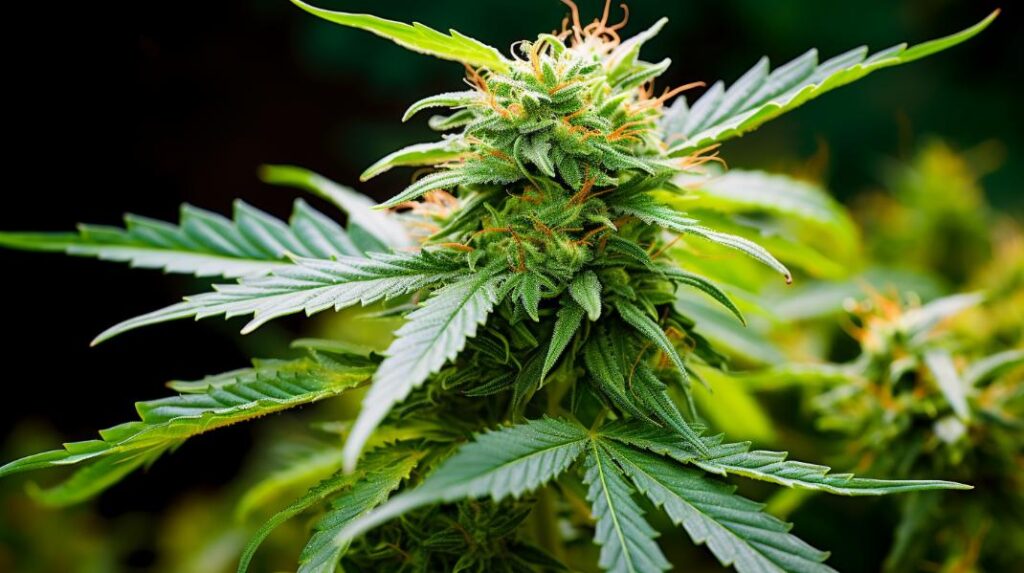
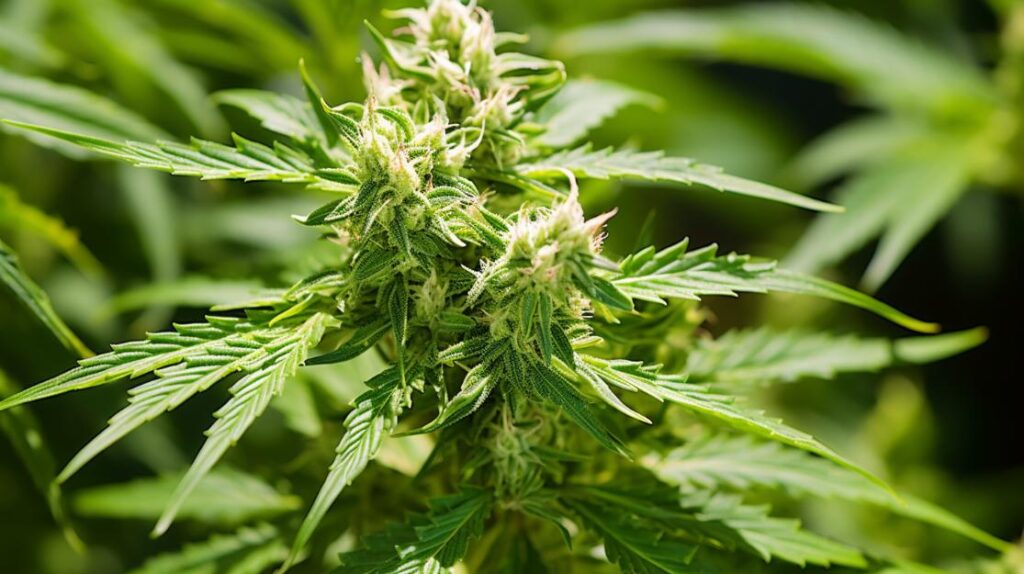
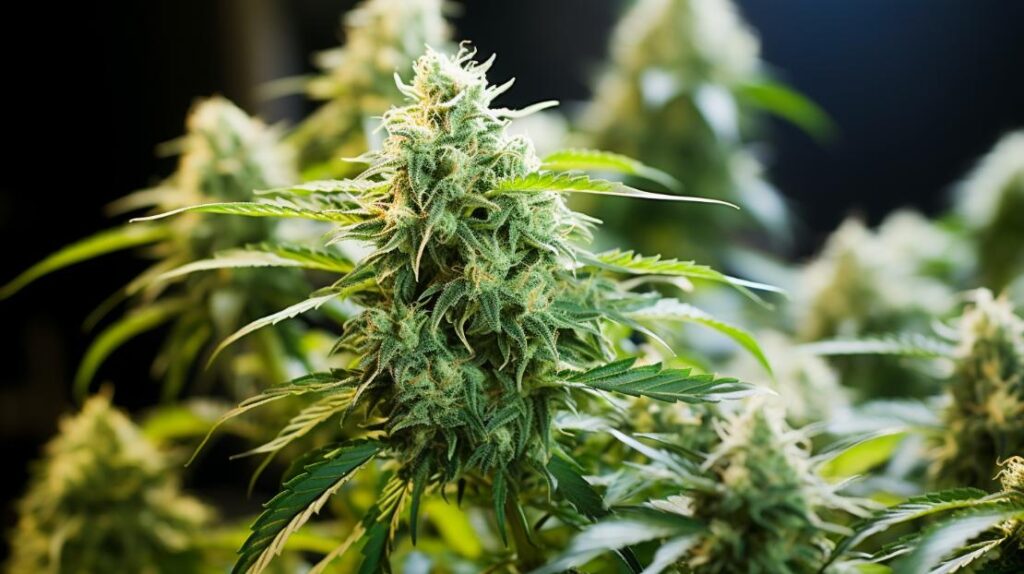
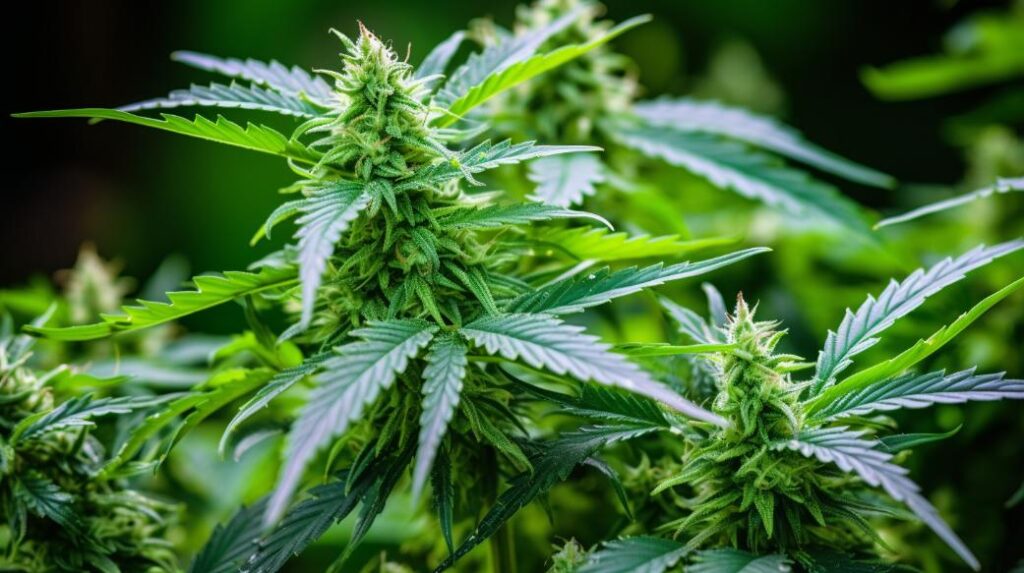
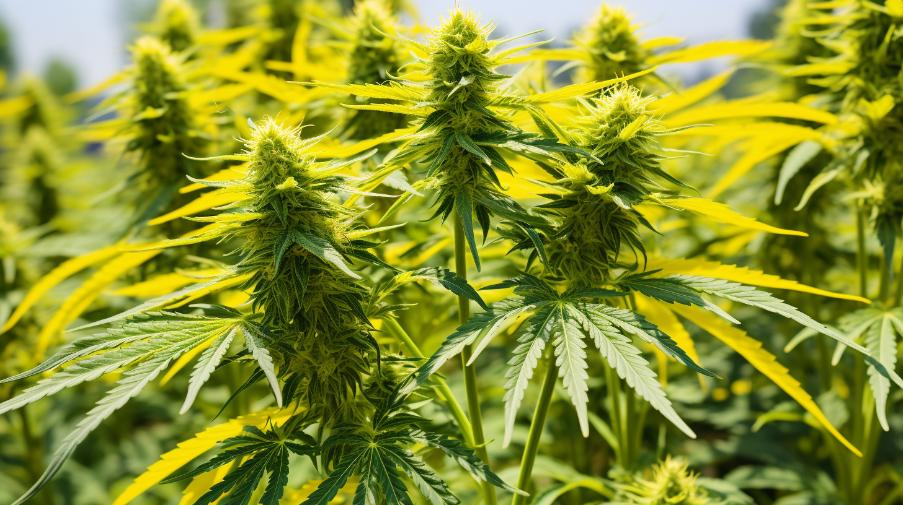

Responses